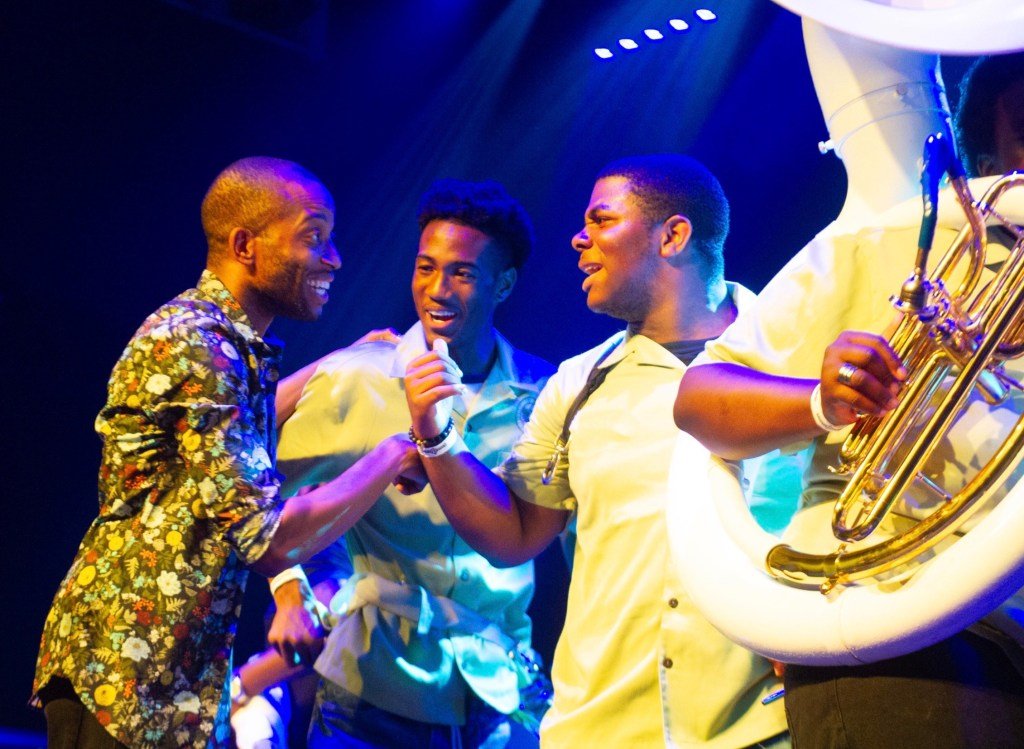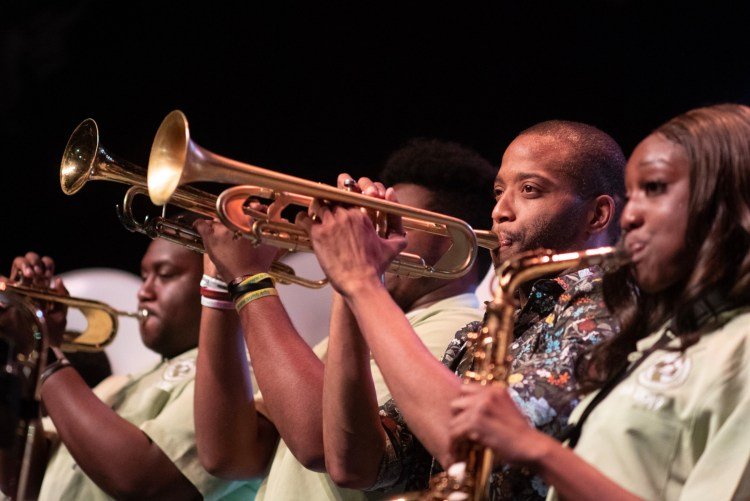The U.S. Trombone Shorty Foundation will arrive at the International Jazz Plaza Festival to strengthen cultural ties between Cuba and New Orleans, with an agenda of concerts that can’t be missed, among which the performances of the Tank and the Bangas and The Soul Rebels bands, and Chief Monk stand out.
The president of the foundation, Bill Taylor, talked with OnCuba about this project called Getting Funky in Havana, which has among its precedents the visit made by the remarkable trombonist Troy Andrews (Trombone Shorty) to the Cuban capital more than two decades ago; an experience that defined the creative life of this influential musician, who has collaborated, among others, with stars of the caliber of Jeff Beck, the Dave Matthews Band and Lenny Kravitz.

Why is this Getting Funky in Havana trip important?
New Orleans has a very rich and dynamic culture. One of the reasons why it is so powerful is that it mixes many diverse influences and styles―such as the gumbo metaphor―and different ingredients that come together to create a unique flavor. Connecting with Cuba is important because Cuba has an equally deep and unique culture. The construction of this bridge will transform the musical vision of both professionals and students by experiencing a new culture that will inspire their careers and their lives.
We believe that diversity is a strength and when it brings together people from different backgrounds, it makes us all stronger. We all benefit from these cultural connections.

What does the foundation expect to achieve with this trip?
We are in the midst of New Orleans’ musical culture. This includes professional musicians who make world tours and younger musicians who aspire to take their place in a city that has such deep roots. A large part of that development is exposing these young students to a wider world and expanding their horizons. This happened with Troy (Trombone Shorty) when he was a teenager and came to Cuba. That experience was invaluable. We also find that when we take our musicians out of New Orleans, they are received with a great deal of respect and admiration. That allows these younger musicians to understand and appreciate their own culture even more. There is nowhere in the United States as musical as New Orleans. And it is only through the education of the youngest musicians that it will remain that way.
Are there other future projects with Cuba beyond Getting Funky in Havana?
We will prepare for the Mardi Gras and the Jazz Festival in New Orleans in the spring. We see Getting Funky as the beginning of a long journey with our new friends in Cuba. I see this as the opening of a bridge that will be crossed back and forth in time, for all those involved. And one day, soon, these students will become professionals and we hope they will continue transmitting this.
In New Orleans it’s clearly understood that Havana and New Orleans are culturally related spirits, but it’s not understood what it takes to get there. Cuba Educational Travel has opened the door for us to do this. I can’t overstate how excited everyone is here.
What do you find most interesting about this program in Havana?
Every part of it. I can’t highlight one. Having Big Chief as one of the first Mardi Gras Indians who will perform in his full suit in Cuba will be quite epic. Mixing these rhythms with Cuban percussion promises to be amazing.
What should Cubans know about the musicians who are coming?
The Cuban public should know that, like our Cuban counterparts, these musicians are shoulder to shoulder with giants, deeply connected with their own heritage and respectful of it, and at the same time they are promoting and building over it and over hundreds of years of history. They have a fresh voice and a fresh sound that takes our music into the future.
*TN: Bill Taylor’s answers were retranslated from the Spanish.










